Remote viewing is a phenomenon in which an individual claims to be able to obtain information about a remote or unseen target using paranormal abilities. Remote viewing has been the subject of extensive research by parapsychologists and has generated both controversy and interest in scientific circles. In this response, I will provide a detailed explanation of remote viewing, including its history, techniques, scientific research, expert opinions, and theories.
History of Remote Viewing
Remote viewing was first developed by the United States military during the Cold War. The program, known as Stargate, was intended to investigate the potential use of psychic abilities in military intelligence gathering. The program was classified, and the details were not made public until the 1990s.
During the Stargate program, remote viewers were given a target, which could be a person, place, or object, and asked to describe the target using only their psychic abilities. Remote viewers used a variety of techniques, including visualization, meditation, and other psychic practices to obtain information about the target.
Remote Viewing Techniques
Remote viewing techniques vary depending on the individual practitioner. However, most remote viewers use a combination of meditation, visualization, and psychic practices to obtain information about a target. Some remote viewers also use a specific set of protocols, known as Controlled Remote Viewing (CRV), developed by Ingo Swann, one of the original remote viewers in the Stargate program.
The CRV protocol involves several stages, including a preparation phase, in which the remote viewer relaxes and enters a meditative state, and a targeting phase, in which the remote viewer receives information about the target. The remote viewer then proceeds to describe the target using a series of sketches, symbols, and verbal descriptions. The information obtained during the session is then analyzed by trained analysts to determine its accuracy.
Scientific Research on Remote Viewing
Remote viewing has been the subject of extensive scientific research since the 1970s. The results of these studies have been mixed, with some studies suggesting that remote viewing is a real phenomenon, while others have found no evidence to support it.
One of the most famous studies on remote viewing was conducted by Russell Targ and Harold Puthoff in the 1970s. The study involved remote viewers attempting to describe distant targets using only their psychic abilities. The results of the study were statistically significant, suggesting that remote viewing was a real phenomenon.
However, other studies have failed to replicate these results. One study, conducted by the American Institutes for Research, found no evidence to support the claims of remote viewers. Despite these mixed results, some researchers continue to investigate remote viewing and its potential applications.
Expert Opinions and Theories on Remote Viewing
Opinions on remote viewing among experts are divided. Some experts believe that remote viewing is a real phenomenon and that it has the potential to be used in a variety of applications. Others remain skeptical, arguing that the results of scientific studies on remote viewing are inconclusive.
One theory that has been proposed to explain remote viewing is the non-local consciousness theory. According to this theory, remote viewing is a manifestation of a non-local, or quantum, consciousness that transcends space and time. Proponents of this theory argue that remote viewing is a natural human ability that has been suppressed by cultural conditioning and that it can be re-learned with proper training and practice.
Another theory that has been proposed to explain remote viewing is the psi hypothesis. According to this theory, remote viewing is a manifestation of psi, or psychic, abilities. Proponents of this theory argue that psi abilities are a natural human ability and that they can be developed with proper training and practice.
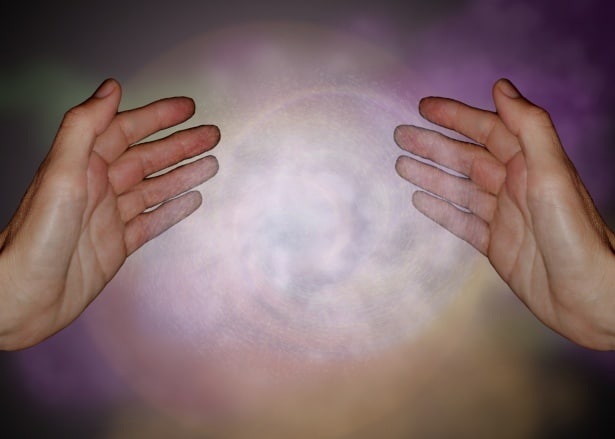




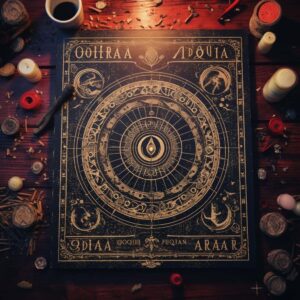
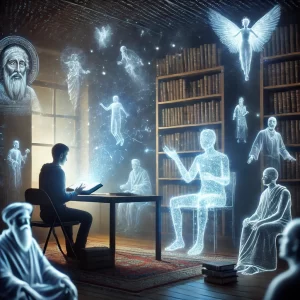



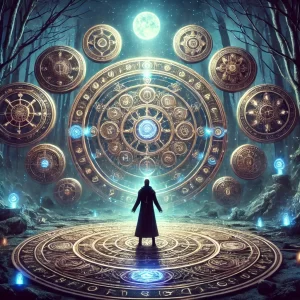

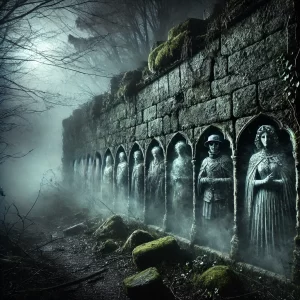
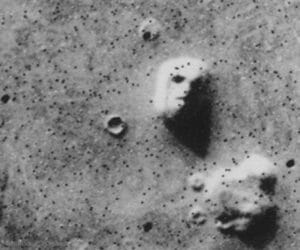
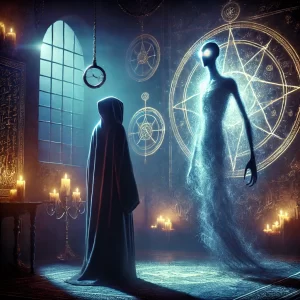




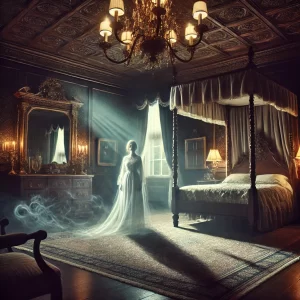


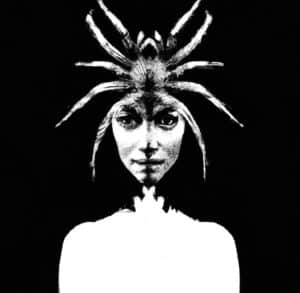






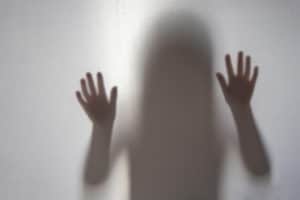






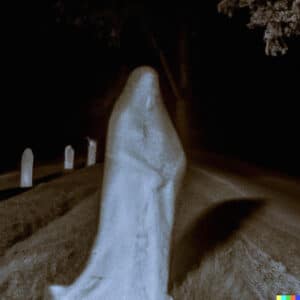




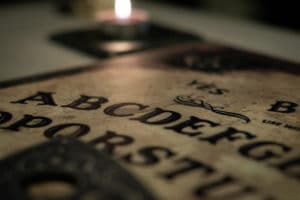


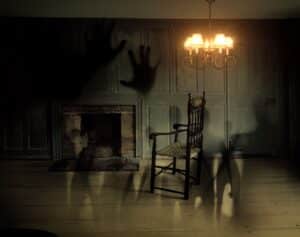





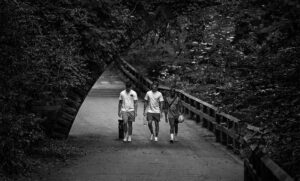
Leave a Reply